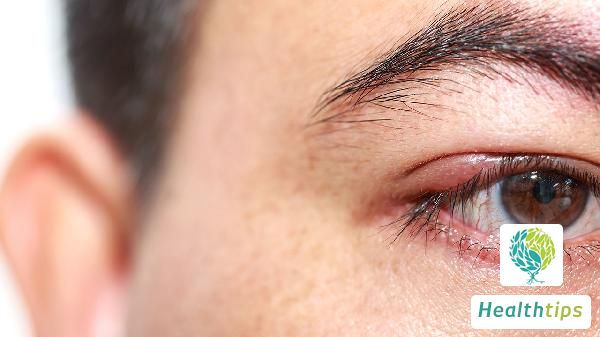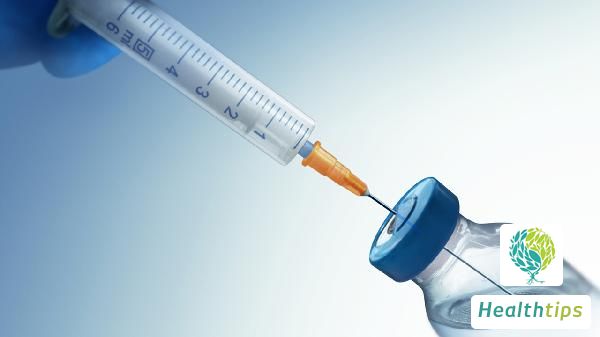Is the Presence of Dark Red Nodules on the Scrotum a Sign of Genital Warts?
Dark Red Nodules on the Scrotum May Be Related to Genital Warts

Furthermore, dark red nodules on the scrotum can also be attributed to other causes such as folliculitis and sebaceous cysts. Firstly, the correlation with genital warts: Genital warts are a sexually transmitted disease caused by human papillomavirus (HPV) infection. Upon infection, the virus replicates profusely in the skin and mucous membranes around the genitals and anus, leading to local epidermal hyperplasia and the formation of small, light red, cauliflower-like or cockscomb-shaped granules that gradually darken to gray or white. If left untreated, these can develop into papillary or cockscomb-shaped, fleshy projections of varying sizes, with an uneven surface and purulent exudate. In such cases, laser or cryotherapy should be employed to remove the lesions, followed by antiviral medication as prescribed by a physician.
Secondly, unrelated to genital warts:
- Folliculitis: The scrotum contains numerous small ducts. Neglecting personal hygiene or wearing tight underwear that irritates the scrotum can predispose to bacterial infection, resulting in folliculitis. Inflammatory reactions cause redness, pain, and suppuration at the affected site. Therefore, antibiotic ointments should be applied under medical guidance, and oral medications may be prescribed to control disease progression.
- Sebaceous Cyst: A diet high in calories and greasy foods promotes increased sebum secretion. Excessive sebum production in the scrotum can clog pores, leading to the formation of retention cysts. Small cysts generally cause no significant discomfort and can be monitored through regular follow-ups. However, if they continue to grow or cause discomfort, surgical removal may be necessary.
- Fibroma: The exact mechanism of fibroma development is unclear but is associated with genetic factors and endocrine disorders. As the tumor grows, it compresses surrounding tissues, causing significant pain. Patients can take analgesics under medical guidance or opt for minimally invasive surgery to remove the affected area.
Additionally, these nodules may also be associated with testicular cancer, a malignancy primarily caused by undescended testes and unhealthy lifestyle habits. As the tumor enlarges, it damages local tissues, causing symptoms such as lower abdominal pain and a sense of swelling. Patients are advised to undergo comprehensive pathological examination for definitive diagnosis, followed by comprehensive treatment through chemotherapy and radiotherapy under medical guidance.



















